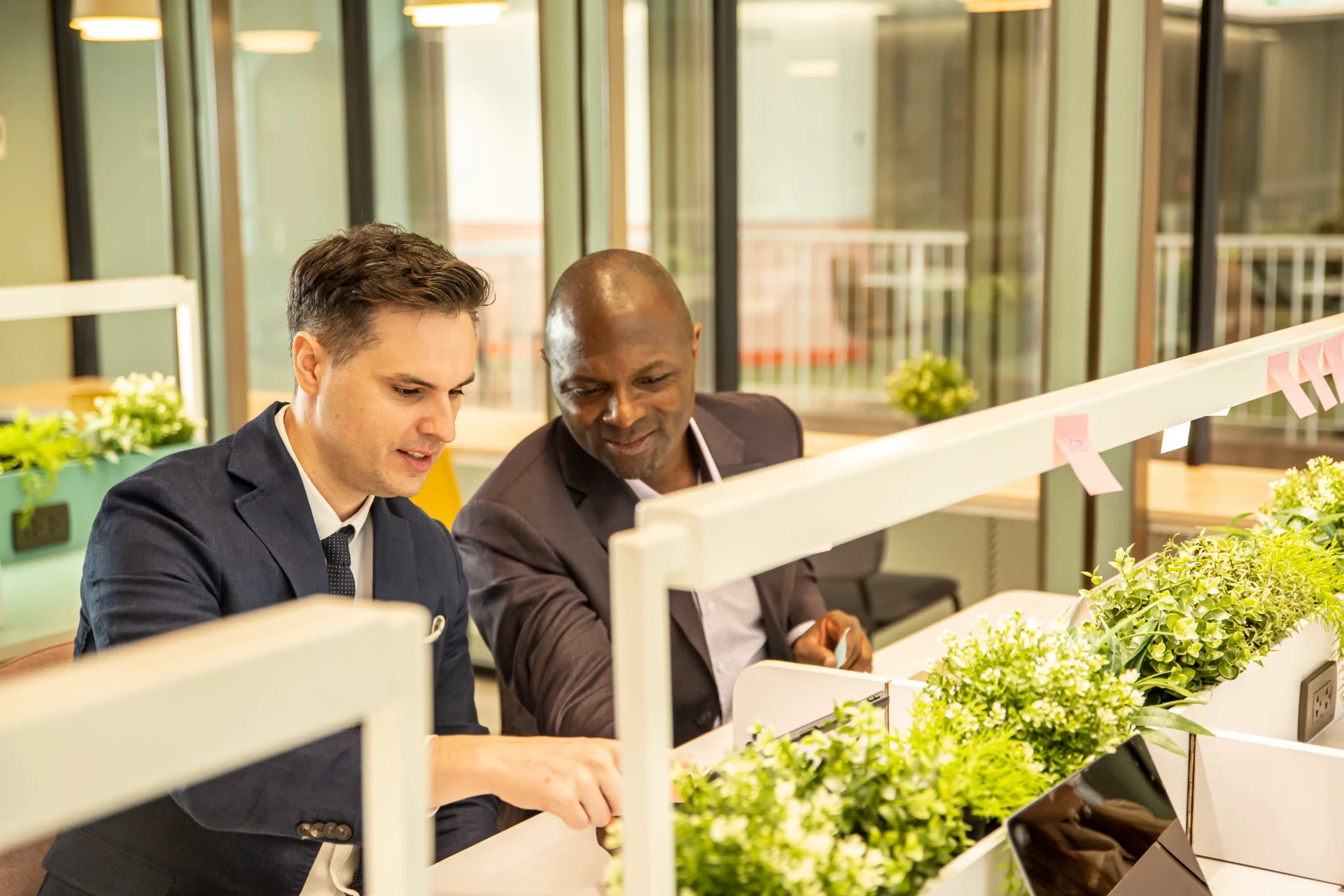Small differences that small businesses can make to be more sustainable
- Homepage
- >
- Sustainability
- >
- Small differences that small businesses can make to be more sustainable

Small differences that small businesses can make to be more sustainable

Claudia MacDonald
Sustainability Ambassador
Becoming more sustainable is a process, similar to becoming a better rugby player, or growing a business – aim big, but start small, and slowly move along the trajectory toward your goal. Little adjustments made to daily practices, until you are at the point where you don’t remember doing things another way.
In this blog we’re going to look at some of those changes that small businesses can implement to become a little bit more sustainable. Similar to kicking in rugby, it’s really about finding what works for you, and if that’s a bit of an unconventional method, so be it. Or at least that’s my philosophy!
Step 1: Where are you now?
The first step in becoming more environmentally sustainable, is working out where you’re at right now. You want to highlight areas that are causing the company to have a bigger carbon footprint or large amounts of waste; is it your company vehicles, or inefficient appliances in the office, or simply large amounts of office waste?
You can use a tool like Enalytics or a carbon footprint calculator, to map out your current energy usage and all the areas you can save and be more efficient.
If it’s in-house waste, make a note of what’s actually filling up your bins, perhaps its paper waste, or single use containers from take away lunches, or coffee cups, but really understand what it is you’re throwing out so that you can target it best.
Step 2: Set some goals
Set some goals, ranging from immediate to long term, which are measurable and achievable, but also push you that little bit.
The changes you make should be relevant to where your largest amounts of waste are coming from.
If you’re currently filling your bin up twice a day, perhaps the immediate target is 3 times every 2 days, then over time working toward once a week. You may then set your long term goal as becoming a zero-waste company – it’s a long term goal after all, and everything you do between now and then just has to push you a little bit further toward achieving that.
Step 3: Implement change
Start with a few small changes, with the aim to introduce bigger, more significant ones over time. Here are some examples of things you could introduce to your business:
Stationery: If your bins are full of paper and cardboard, look to move your business toward paperless. No more filing cabinets taking up office space, or minutes wasted searching for a pen and a scrap of paper, no printers, or wasted money on ink and paper. Replace whatever you can with an online system or a digital notepad, not only creating less waste but also making things more efficient going forward. An in between step could be to only allow printing one day a week, encouraging you only to print the planned and essential, only using black ink or always printing double sided.
Kitchen: For those throwing out takeaway lunch boxes and paper cups all the time. Instead, get rid of all disposables, and encourage everyone to bring their own. Or purchase some Tupperware and mugs (office branded or otherwise) that stay in the office and everyone can use to bring their lunch into work or if they collect food and drink from a local vendor.
Energy Usage: Reduce the amount of energy being wasted as highlighted by Enalytics. Replace appliances that are inefficient or use them as little as possible. Only heat and light rooms when they are being used, and take little wins like using LED light bulbs. If you’ve made all the internal changes, then look to change your energy supplier to one that uses renewable sources, like PE..
Material: Perhaps you’re a small clothing or jewellery brand, and your biggest waste is material. You could introduce a buy back scheme, where customers can bring back their old items for a small discount on a new one. Not only does it encourage customer loyalty, but you also have material returned that can be upcycled. Or think about running ‘repair workshops’ where customers pay to attend, bring their old items, and are taught how to repair or upcycle them. This would also diversify your income making your business more financially sustainable.
Step 4: Review and Repeat
Becoming more sustainable isn’t about just copying whatever the neighbour is doing. You have to find what works for your company and where you’re at right now. Ask questions like:
Are your employees buying into it?
Is it causing a change and are you seeing the results you want?
Are the changes themselves sustainable – can your business thrive under these new changes?
Do your clients or customers like it, have they noticed the changes you’ve made?
Does it build on your brand identity?
Improving our sustainability is something we need to do as a collective. However, as a business it can be incredibly important for a brand’s identity and profitability. Not only can it reduce your costs, through reducing waste, but people (staff, customers and investors) are all caring more about the impact of businesses and using it as a decider on who to work with. So it’s even more important that we find changes to our business that we like, work for us, and that we stick to.
